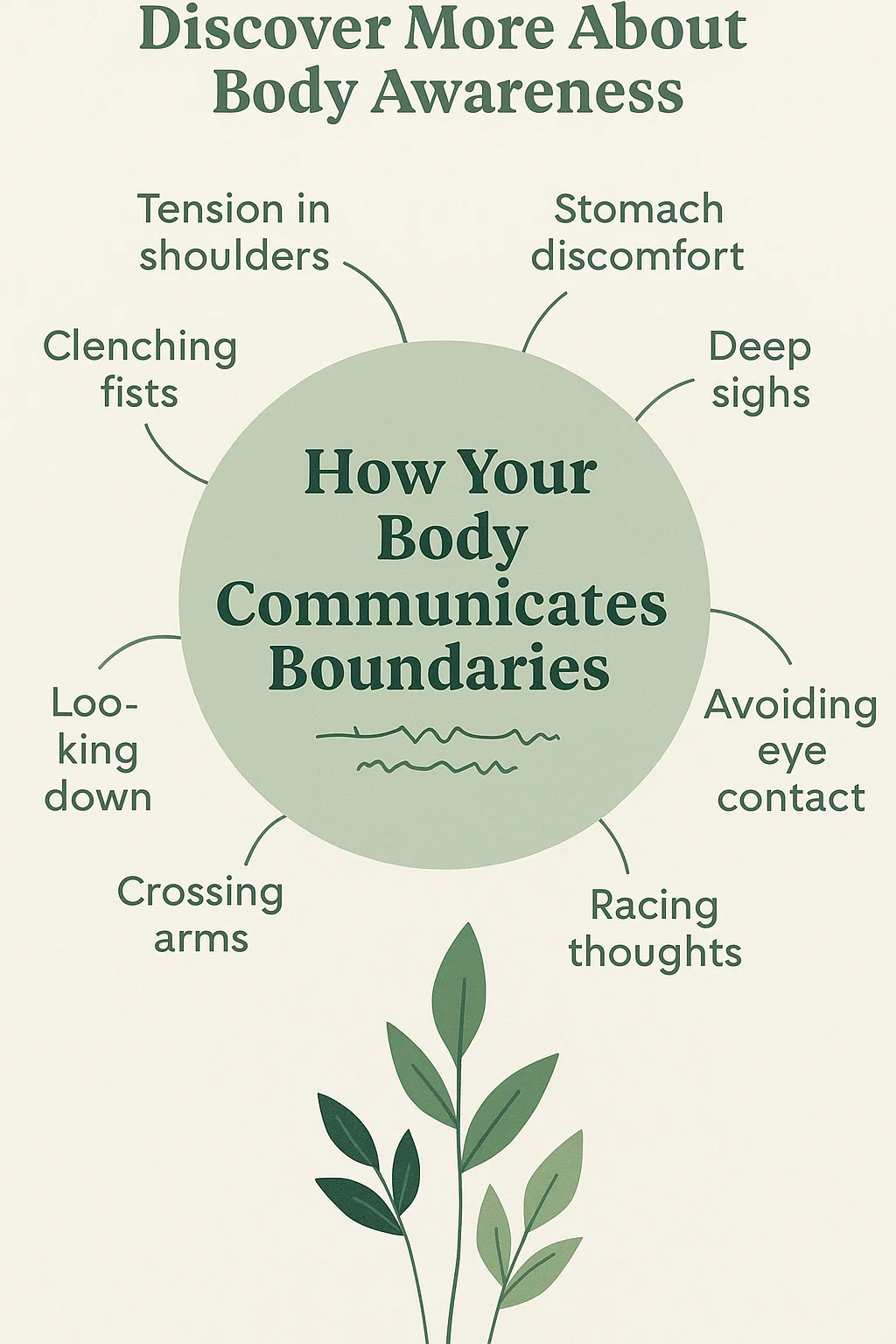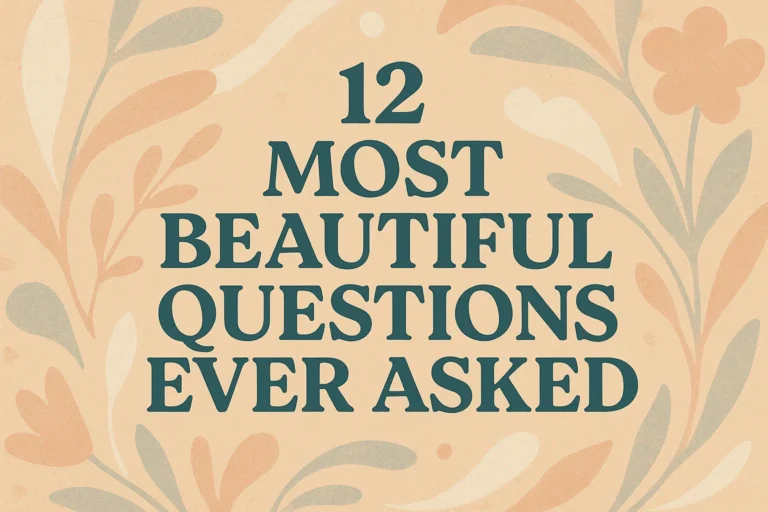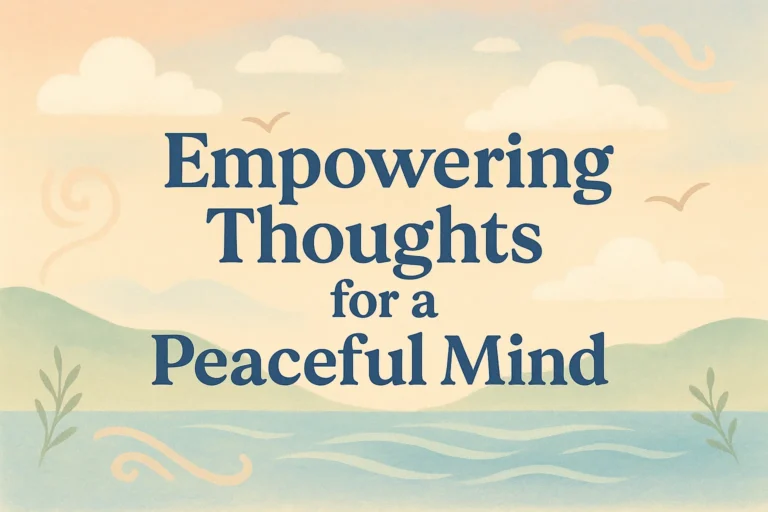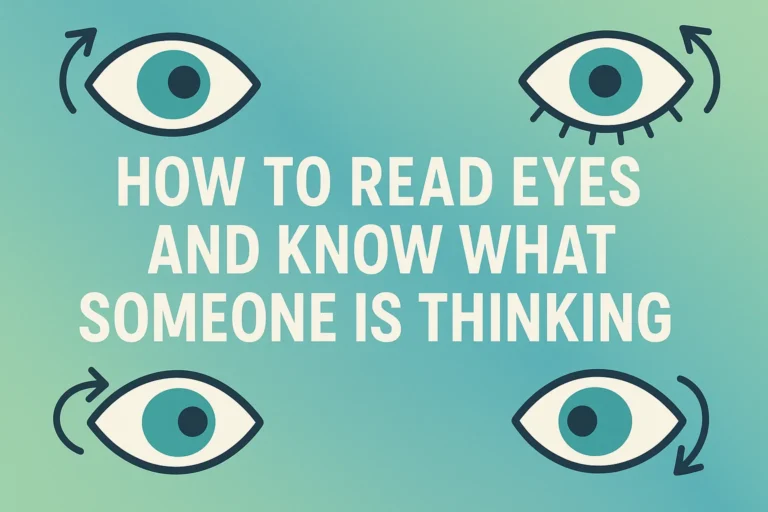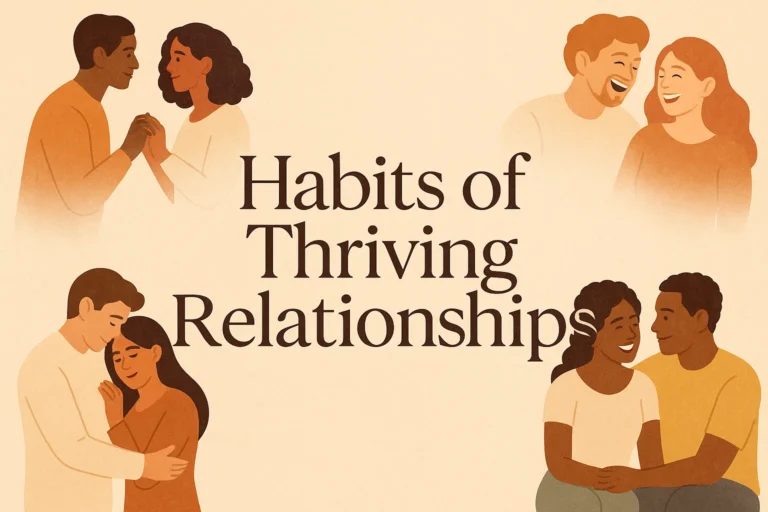Master the Psychology Skills How Your Body Communicates Boundaries Effectively
Master the Psychology Skills: How Your Body Communicates Boundaries Effectively
Let’s be real for a second. How many times have you said “no” with your mouth, only for your entire body to scream “maybe, please walk all over me!”?
We’ve all been there. You agree to take on that extra project you don’t have time for. You let a relative ask one too many invasive questions. You shrink into your seat when someone invades your personal space. You say the right words, but your non-verbal cues are sending a completely different, and frankly, unhelpful, signal.
It’s frustrating, right? You know you need to set a boundary, but it feels like your body has a mind of its own. Well, here’s a little secret I had to learn the hard way: Your body is your most powerful, and most honest, boundary-setting tool. Mastering the psychology of non-verbal communication is the ultimate life hack for being taken seriously and protecting your energy.
Think about it. Long before we had complex languages, we were reading each other’s body language for threats, safety, and social cues. That ancient wiring is still there. People might hear your words, but they will believe your posture, your eyes, and the space you occupy.
So, let’s stop the mixed signals and get your body on the same page as your brilliant, boundary-having mind.
Your Body is Already Talking. What is it Saying?
Before we can change the conversation, we need to understand what we’re currently broadcasting. Our non-verbal communication is a complex mix of several elements. I like to think of them as the pillars of silent communication.
Posture: The Foundation of Your Presence
Are you making yourself small or claiming your space? Your posture sets the stage for everything else.
Slumped shoulders, a curved spine, and a tucked chin literally shrink your presence. It’s a universal signal of submission, uncertainty, or a desire to go unnoticed. On the flip side, standing tall with your shoulders back and your head level doesn’t just make you look more confident—it actually starts to make you feel more confident. It tells the world, and reminds yourself, that you belong here and deserve to take up room.
Eye Contact: The Window to Your Resolve
The eyes might be the window to the soul, but they’re also a dead giveaway for your boundary integrity.
Avoiding eye contact can signal discomfort, dishonesty, or a lack of confidence. But a constant, unblinking stare? Yeah, that’s just creepy and aggressive. The sweet spot is steady, calm eye contact. It communicates that you are present, engaged, and unwavering in your position. It says, “I see you, and I am not looking away from this conversation.”
Facial Expressions: The Unfiltered Feedback Loop
You can say “that’s fine” all you want, but if your jaw is clenched and your smile doesn’t reach your eyes, nobody’s buying it. Our faces are notoriously bad liars.
A genuine, congruent expression—where your face matches the sentiment of your words—is key to authentic boundary setting. You don’t have to smile when you’re delivering a difficult “no.” A neutral, calm expression often communicates seriousness far more effectively than a tense, fake grin ever could.
Vocal Tone: It’s Not What You Say, It’s How You Say It
This one is a sneaky boundary killer. You can recite the most perfectly crafted boundary-setting script, but if your voice goes up at the end like it’s a question (“I really can’t take that on…?”), you’ve just undermined the whole operation.
A steady, firm, and well-modulated tone is your best friend. It doesn’t have to be loud or harsh. In fact, a lower, quieter tone that someone has to lean in to hear can be far more powerful than a shout. It projects certainty and leaves no room for negotiation unless you want there to be.
Building Your Non-Verbal Boundary Toolkit
Okay, so we know what to look for. Now, how do we actually use this? It’s not about becoming a rigid, intimidating statue. It’s about conscious, purposeful communication. Here’s your new playbook.
The Power Pose: It’s Not Just a Myth
You might have heard of power posing—the idea that holding an expansive posture for a few minutes can boost your confidence. While the science has been debated, IMO, the core principle is solid. Before you walk into a situation where you know you’ll need to hold a boundary, take two minutes.
Stand with your feet shoulder-width apart, put your hands on your hips (think Wonder Woman), or raise your arms in a victory V. Breathe deeply. This isn’t magic, but it is a physiological hack. It can reduce cortisol (the stress hormone) and increase testosterone (linked to confidence). You’re basically tricking your brain into feeling more powerful before you even start.
Mastering the “Pause and Breathe”
When someone makes an unreasonable request, our fight-or-flight system can kick in. We either blurt out a panicked “yes” or an aggressive “no!” that we later regret.
The solution? Buy yourself time with a simple pause. Take a slow, deep breath before you respond. This single act does three incredible things:
* It calms your nervous system.
* It signals to the other person that you are considering their request seriously (which is polite, even if you’re about to decline).
* It gives your prefrontal cortex—the rational, decision-making part of your brain—a chance to catch up and choose your words wisely.
Getting Comfortable with Silence
This is the advanced class, and honestly, it’s a superpower. After you state your boundary or say “no,” stop talking. Do not follow it up with a long justification, a rambling apology, or a dozen alternative solutions.
Just let the silence hang there for a moment. We are so culturally conditioned to fill silence that it becomes a tool. The other person will often jump in to fill it, sometimes negotiating with themselves right out of the problem. Your silent, calm presence after stating your boundary reinforces that your word is final. It’s unnervingly effective.
Putting It All Together: A Real-World Scenario
Let’s imagine your coworker, yet again, tries to dump a last-minute task on you at 4:45 PM on a Friday.
-
The Old You: Slumps shoulders, avoids eye contact while staring at the computer, voice gets high-pitched. “Oh, um, I guess I could maybe try to fit it in? I’m pretty busy but…” (Your body: Please don’t be mad at me!)
-
The New, Boundary-Bossing You: You hear the request. You take a breath. You slowly turn away from your screen to face them fully. You plant your feet flat on the floor. You make calm, steady eye contact. You speak in a even, firm tone. “I understand the urgency, but I won’t be able to take that on today. My plate is full.” Then… you stop. You smile politely if it feels right, and you hold the space. (Your body: I am certain. This is not a negotiation.)
Feel the difference? The words are similar, but the entire message is transformed.
When Words and Body Align, Magic Happens
The ultimate goal here isn’t to become a master manipulator. It’s authentic congruence. When your words, your tone, and your body language are all singing the same song, something incredible happens: people believe you. More importantly, you believe you.
It builds trust and respect because you are communicating with integrity. There’s no guesswork for the other person. They get a clear, consistent message, which actually makes interactions less awkward, not more.
Ever wonder why some people just seem to command respect without ever raising their voice? Nine times out of ten, it’s because they’ve mastered this very skill. Their boundaries are clear because their communication is clear—from head to toe.
Your Body, Your Rules
Mastering how your body communicates boundaries isn’t about building walls. It’s about drawing clear, respectful lines in the sand that allow for healthier, more honest relationships. It’s the difference between feeling constantly drained and feeling empowered and in control of your own time and energy.
This isn’t about being perfect every time. I still have moments where I flub it! It’s about practice. Start small. Practice your posture in the elevator. Practice saying “no” to that extra side of fries in a firm, decisive tone (hey, it all counts! :)). Notice how you hold yourself in meetings.
Your body is your partner in this, not your enemy. Start listening to it, and then, start training it to speak your truth. You’ve got this. Now, go stand up straight—I can literally hear you slumping from here

